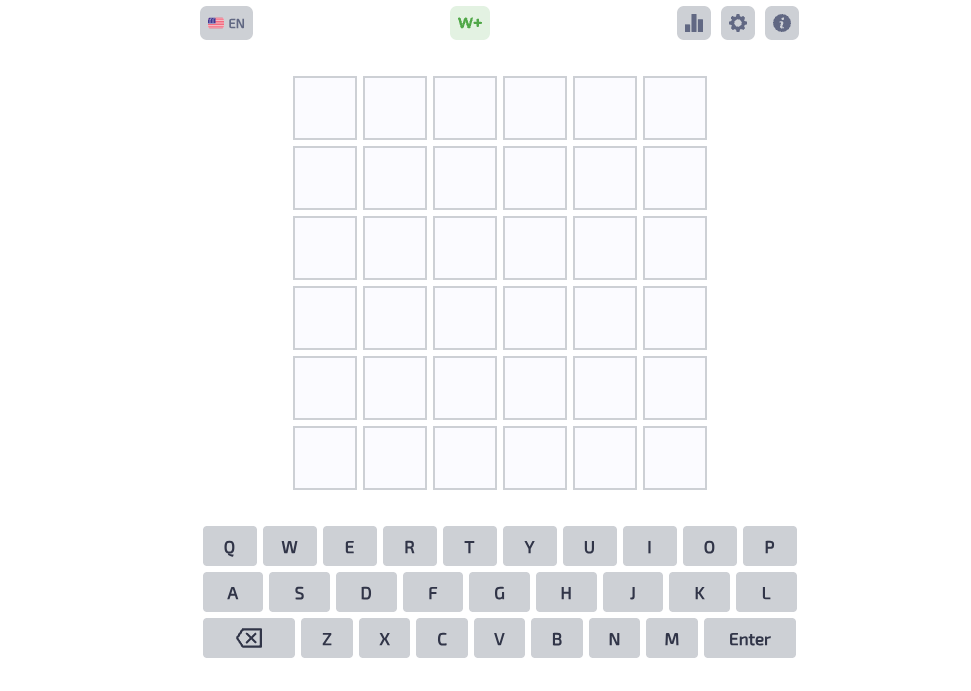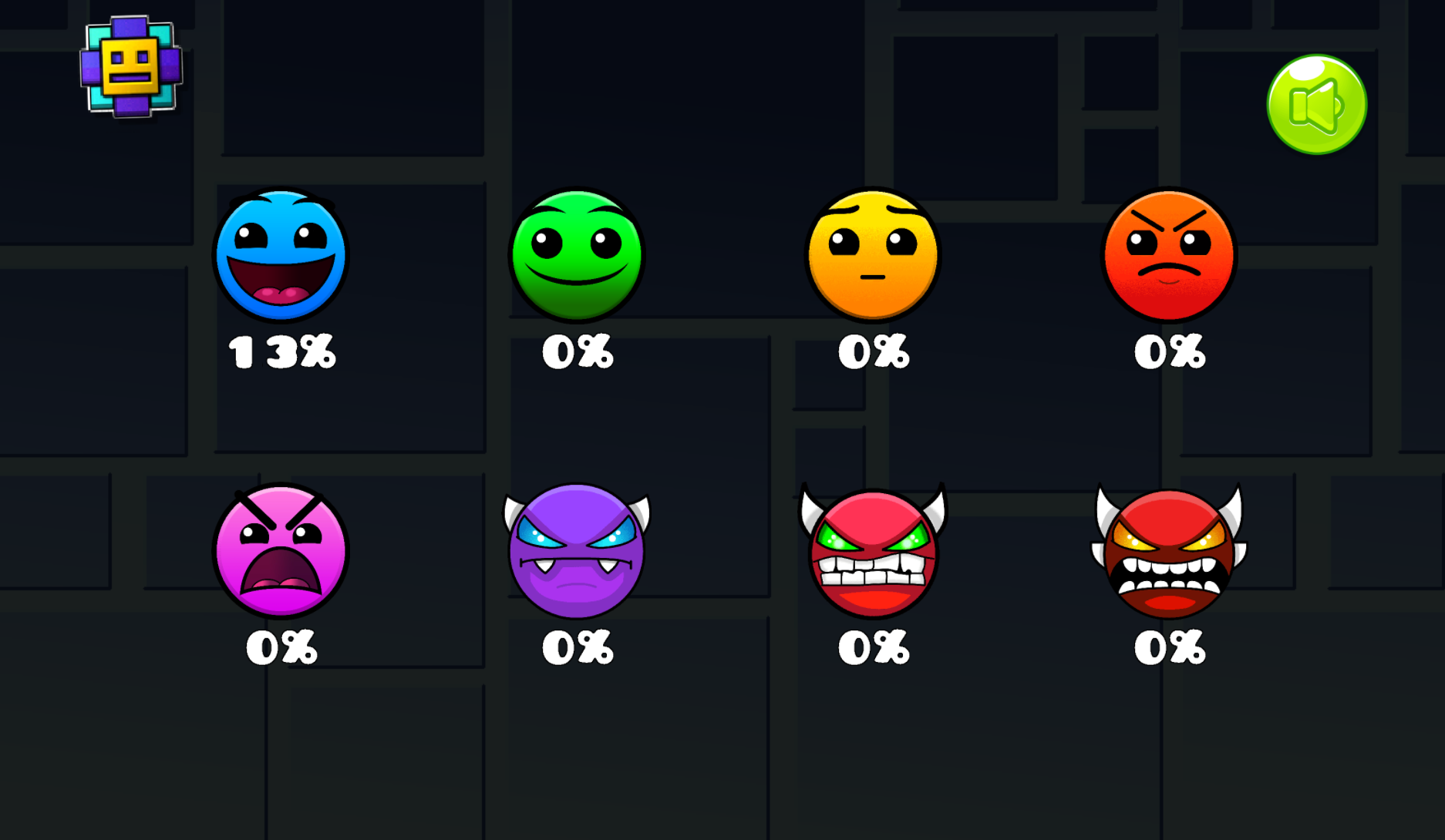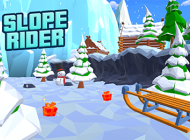Play Fireboy & Watergirl: Forest Temple in Your Browser
Master duo puzzle-solving in the original Forest Temple. Coordinate switches, dodge hazards, and collect gems—solo or couch co-op—to beat the clock and clear every chamber.
Keep exploring
Keep your night shift energy up with more browser horror, tense escape rooms, and quick palate cleansers we trust.

The Captcha Game
The Captcha Game

Play Hollow Knight in Your Browser
Play Hollow Knight in Your Browser

Play With Shadow Milk on a Paper Stage
Play With Shadow Milk on a Paper Stage

Check the box—then survive the chaos
Check the box—then survive the chaos

Play Wordle 2 Unlimited in Your Browser
Play Wordle 2 Unlimited in Your Browser

Lock the Rhythm — Break the Tape
Lock the Rhythm — Break the Tape

Care for the Sweetest Royal Guardian
Care for the Sweetest Royal Guardian

Ride the waveform to the beat
Ride the waveform to the beat

Take Care of Your Own Burning Spice | Cozy Cookie Run Pet Sim
Take Care of Your Own Burning Spice | Cozy Cookie Run Pet Sim

Carve an endless winter run and push your best distance
Carve an endless winter run and push your best distance
Team up, think ahead, and open every exit
Rediscover the co-op classic where teamwork clicks instantly
The Forest Temple is where this beloved two-character puzzle series found its identity. Two heroes with complementary strengths step into mirrored chambers filled with levers, lifts, doors, pressure plates, and color-coded hazards. One thrives in the heat, the other in the flow. When they move with purpose and communicate well, tricky layouts unfold into satisfying routes. Whether you share a keyboard with a friend or pilot both characters alone, the appeal is the same: every solved room is a small celebration of planning, timing, and trust.
How the duo dynamic powers every puzzle
Each chamber is built around interdependence. A switch that opens Fireboy’s path might only be reachable by Watergirl. A movable box positioned by one character becomes a stepping stone for the other. Because routes split and rejoin, you’re constantly evaluating who should lead, who should support, and when to pause so the partner can catch up. This rhythm—separate, assist, reunite—keeps the experience lively without overwhelming you with complex rules.
Elemental rules are clear from the start. The red hero is comfortable around lava pools but cannot touch water. The blue heroine glides safely across water but must avoid molten pits. Both must steer clear of the toxic green goo found in later layouts. These constraints aren’t just obstacles; they are design cues that gently suggest which character should attempt which corridor and where their paths will cross again.
Controls that make collaboration effortless
On a single keyboard, coordination is straightforward. Watergirl responds to WASD, while Fireboy uses the arrow keys. This split allows two players to communicate naturally: one might call out a countdown to drop a platform, while the other times a jump to catch the moving lift. Playing solo is equally viable. Many rooms are arranged so that you can park one character safely on a switch, swap to the partner, and continue step by step without rush. The best runs come from smooth alternation rather than frantic button mashing.
Reading the rooms like a pro
At first glance, a chamber might look busy: bridges that tilt, elevators that hum, buttons that lock doors far across the map. But each element follows predictable logic. Stand on a circular plate to raise a platform. Nudge a crate to weigh down a large switch. Hit a diamond-shaped button to toggle a gate that could help (or trap) your partner depending on the timing. As you progress, you’ll start pre-visualizing two timelines at once—a path for the red route and a path for the blue route—and then knitting them together with precise actions.
Gem routes add an optional layer for completionists. Red diamonds lie in places that suit the fire path, while blue gems sit along watery lines. Gathering them all isn’t required to reach the exits, but it elevates the challenge by encouraging smart detours and trickier jumps. If you’re replaying for a faster time, deciding which gems to grab on which pass becomes a fun optimization puzzle in itself.
The clock makes good runs feel great
Timer goals reward coordinated movement. You’ll feel the difference between a tentative first clear and a refined second attempt. Early on, you might stop often to figure out cause and effect. Later, the same level becomes a smooth sequence: drop the left lift, slide the crate, toggle the far gate, regroup at the middle bridge, and dash for the exits together. Shaving seconds is satisfying because every improvement reflects cleaner teamwork or a smarter route choice—never random luck.
Practical tips for consistent clears
- Survey first: Spend ten seconds mapping the layout. Identify which gates control which lanes and who should tackle each side.
- Park with purpose: If a switch needs to stay pressed, leave the character who has fewer upcoming hazards there, then proceed with the other.
- Count down loud: In co-op, call out “3-2-1” before toggling anything that affects the other path, especially moving platforms.
- Chain small optimizations: Little gains add up—short hops, early lifts, and door toggles timed right as your partner arrives.
- Rehearse tricky jumps: If a section has a narrow platform or seesaw, practice it once with no timer goal, then go for the clock.
Why it’s perfect for families and classrooms
The rules are intuitive, the art is clean, and the feedback is immediate. When a door opens across the map, you can see it plainly. When you misread a switch, the consequence is obvious and instructive. Because success depends on communication, the experience naturally encourages turn-taking, active listening, and patient problem-solving. Two players can swap roles between levels to keep things fresh, or one player can guide a newer partner through early chambers to build confidence.
Solo play is a calm, strategic alternative
If you prefer to go it alone, piloting both characters becomes a measured puzzle dance. You’ll stage little “set pieces”: position the blue heroine on a plate, swap, move the red hero through the opened gate, return to release the plate, and so on. This stop-start rhythm feels almost like programming a solution—setting states, toggling conditions, and verifying outcomes. It’s surprisingly meditative once you settle into it, and it teaches the same cooperative logic because you’re effectively collaborating with yourself across two timelines.
Level variety keeps momentum high
Early rooms teach fundamentals with gentle stakes: short gaps, low lifts, and single toggles. Mid-game chambers introduce layered interactions such as two-stage doors or seesaws that demand careful weight placement. Later layouts weave the routes more tightly so both characters must advance in near lockstep. Difficulty builds steadily, but there’s always a readable path forward if you slow down, trace the connections, and test one mechanism at a time.
Accessibility and comfort features
Because the action focuses on clear jumps and simple toggles, the game is approachable on laptops, school computers, and casual home setups without special peripherals. Runs are bite-sized; you can complete a chamber, take a break, and return without losing progress. Shared keyboard play also means no sign-in, no setup, and no extra controllers. This frictionless start is a big reason the Forest Temple remains a go-to choice for quick sessions and collaborative play breaks.
Replay value beyond the first clear
Once you know the solutions, the fun shifts to refinement. Go back for missed gems, attempt cleaner lines, and challenge yourselves to synchronize actions more tightly. Many players set informal goals like “no hesitations,” “gem-perfect,” or “single-attempt routes.” Because each level’s logic is consistent, faster clears always come from better decisions and smoother execution rather than hidden shortcuts, making improvement feel fair and earned.
Who will love this most
If you enjoy brainteasers that turn into graceful routines once mastered, this is for you. Friends sitting side by side will appreciate how often they must talk through plans. Parents and kids can share responsibilities—one handles toggles, the other navigates jumps—while swapping roles to learn both sides of the puzzle. Solo players who like methodical progression will find a cozy flow state in alternating control and locking in repeatable paths.
Quick start checklist
- Choose co-op or solo and agree on who takes which side.
- Identify hazard types and match routes accordingly.
- Trace switch effects before committing to a jump.
- Collect color-matched gems when it’s safe; skip them on your first timer run.
- Finish as a pair—both characters must reach their doors to complete the room.
By combining readable rules with genuine cooperation, the Forest Temple delivers a timeless browser challenge. It’s easy to learn, endlessly replayable, and always more satisfying when two minds move as one. Step inside, split up, help each other, and meet again at the finish—door by door, chamber by chamber.
Share Play Fireboy & Watergirl: Forest Temple in Your Browser
Spread the word, invite friends, or bookmark this page to revisit the story whenever you need it.